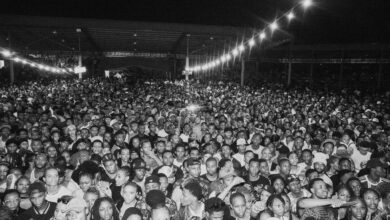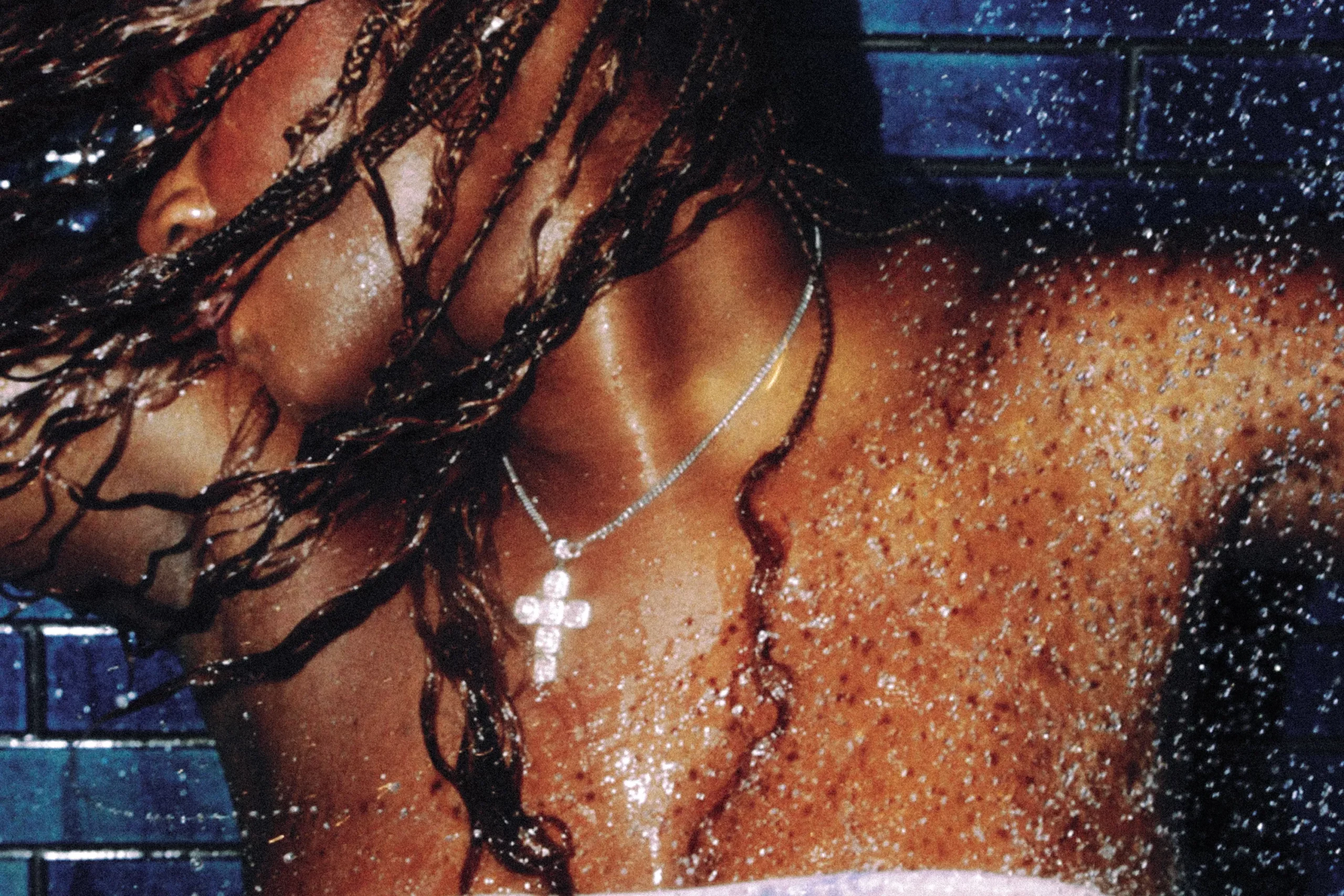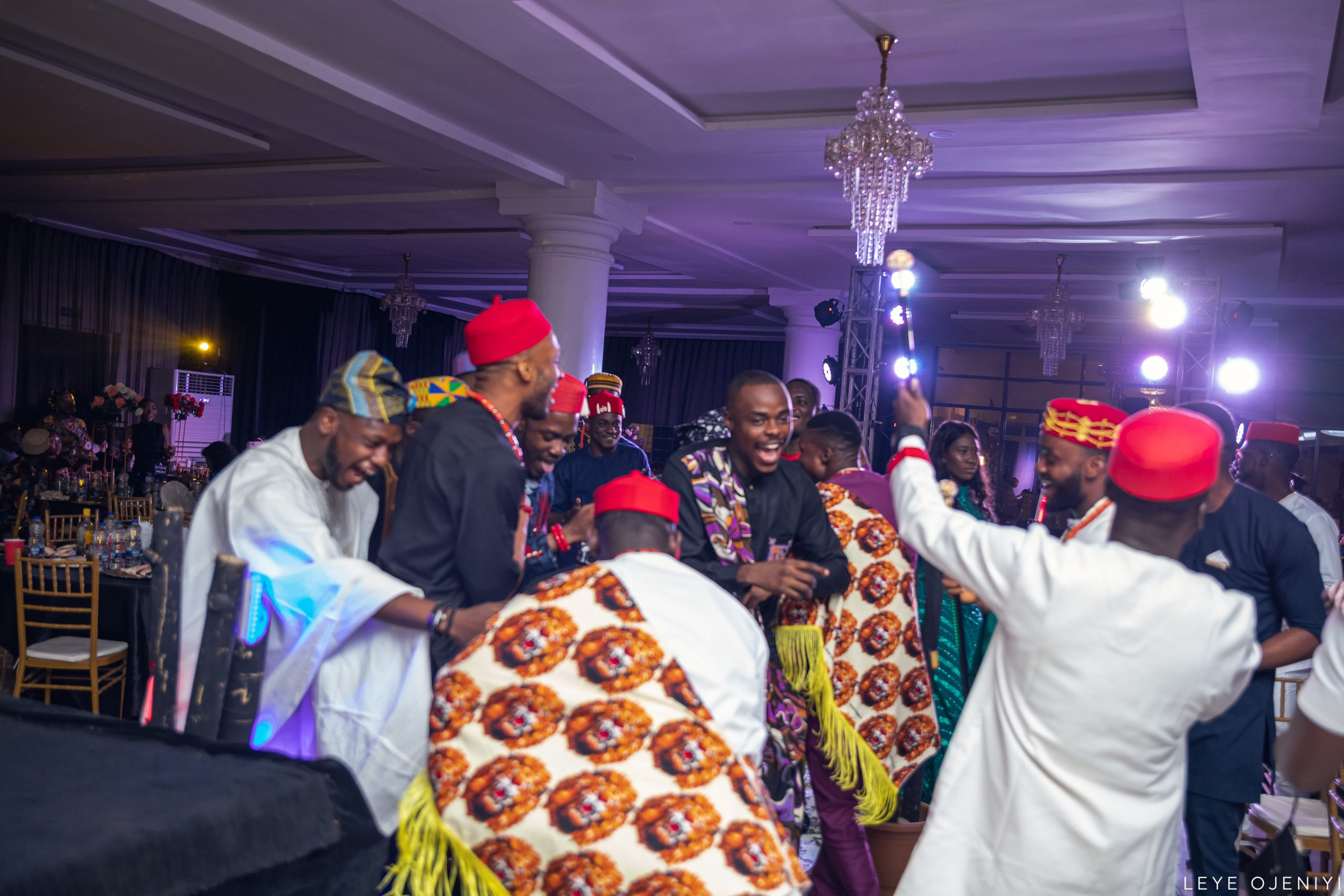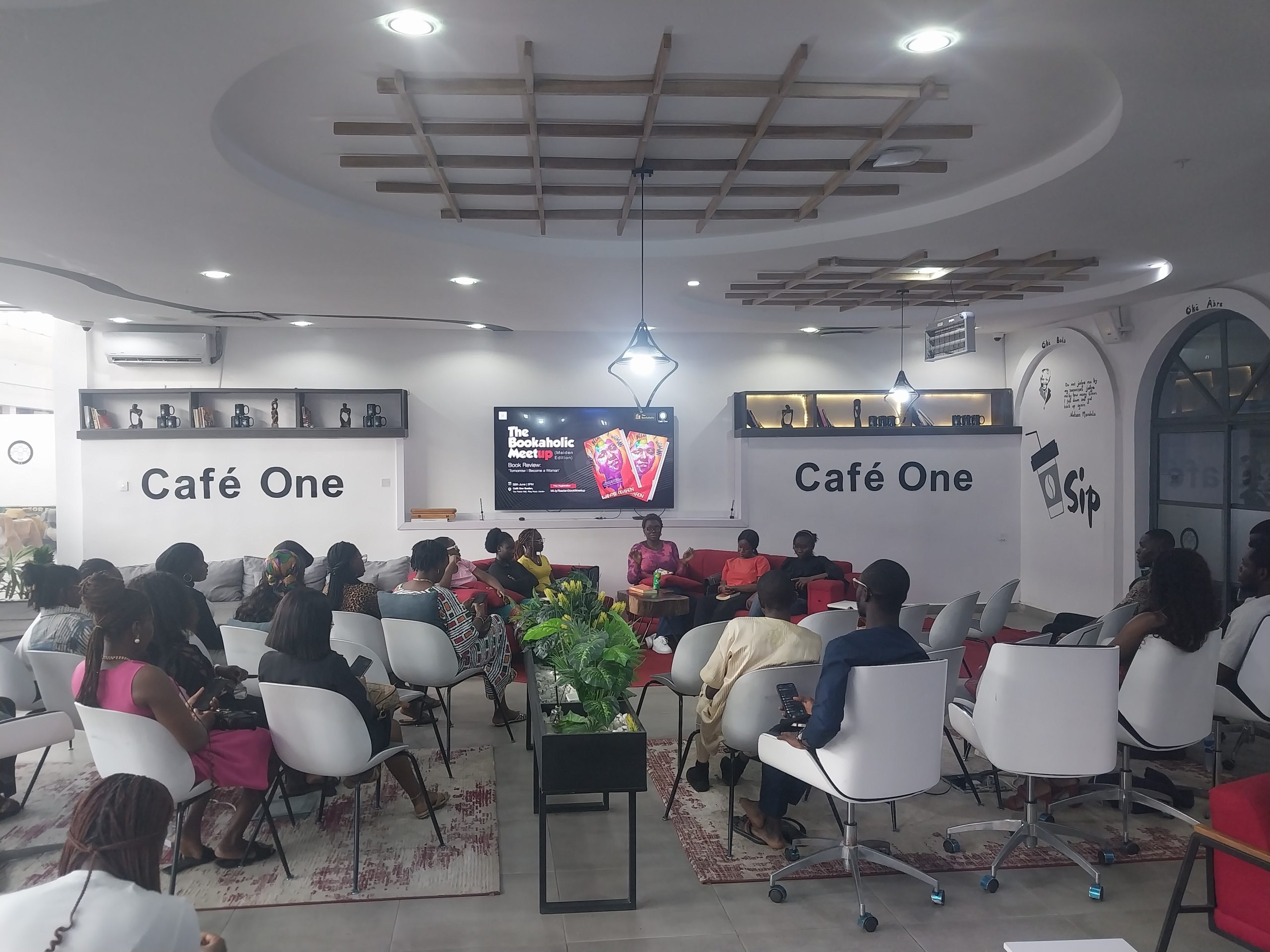Corsetry: The Diehard Trend
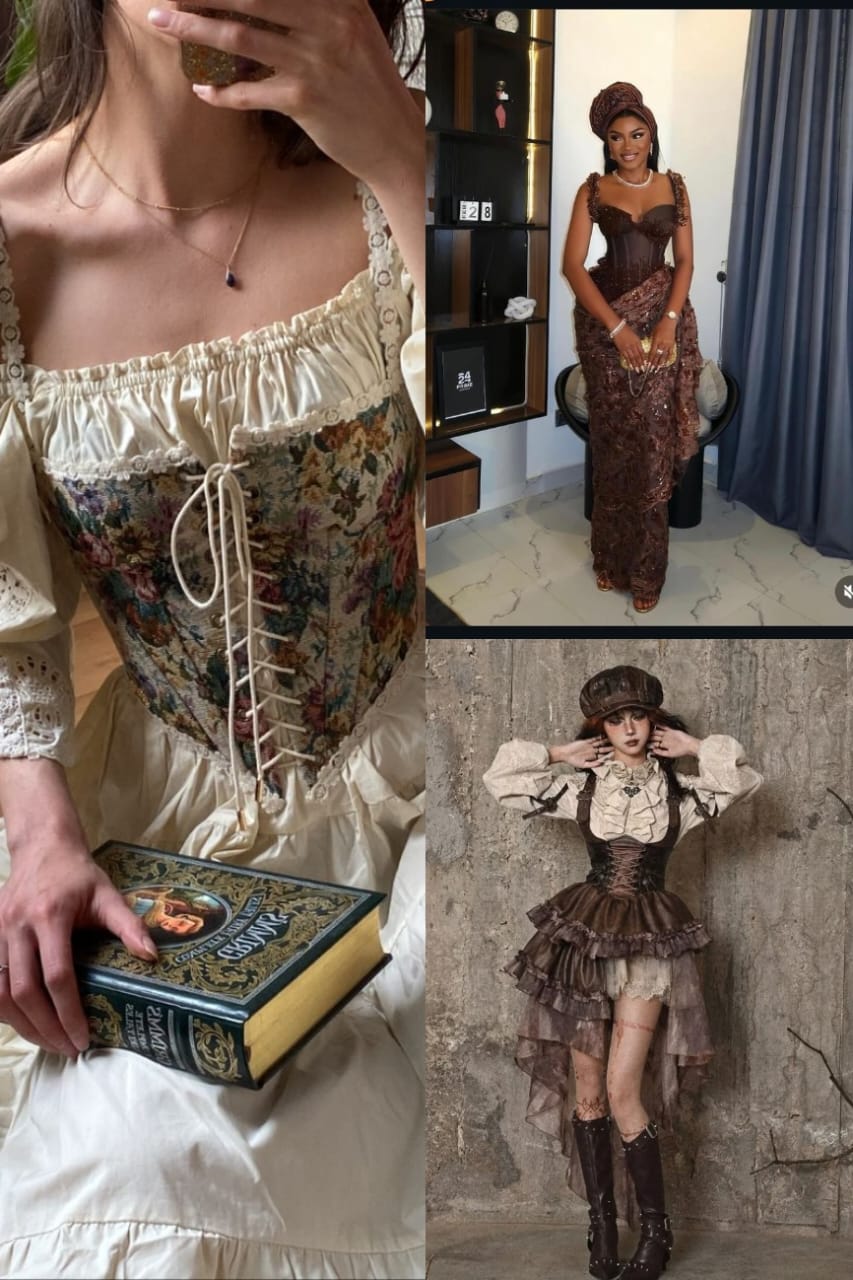
Trends always seem to go through some sort of a rinse-and-repeat cycle. This has been seen throughout the years in makeup, body size, silhouettes of garments, and so many more trends. The Sociological Cycle Theory highlights the tendency of trends to reflect the state of society, whether in economic, social or political spheres. This theory would imply that events and states of the society repeat themselves in cycles. To dissect this relation, we’ll be diving into the colourful world of corsetry, its roots, purpose and how it has become incorporated into today’s fashion.
Origins of the Corset
Although the historical roots of the corsets are not very clearly defined, most sources trace their origins to 1600 BCE in the Minoan and Greek civilisations. However, its popularity in the West stems more from the 16th to 18th centuries in Europe. It served as an undergarment that supported the breasts, accentuated the figure and acted as a barrier between the abdomen and the heavy skirts worn by some women of the time. Between the 18th century and the early 19th century, an undergarment similar to the corset called “Stays” was worn. Stays were more focused on providing support and were therefore more rigid, and gave a straighter and somewhat conical silhouette. Stays eventually evolved into the more accentuating and structured “Corset” which provided support and also shaped the body by creating the “hourglass look” which features a proportionately small waist and large bosom and wide hips, and opposed to the popular misconception, they were not some medieval torture devices that sucked the breath out of women of the time. The main material used to bone these undergarments was either whalebone or reed. Metal boning was also a method, but its popularity fell during the First World War.
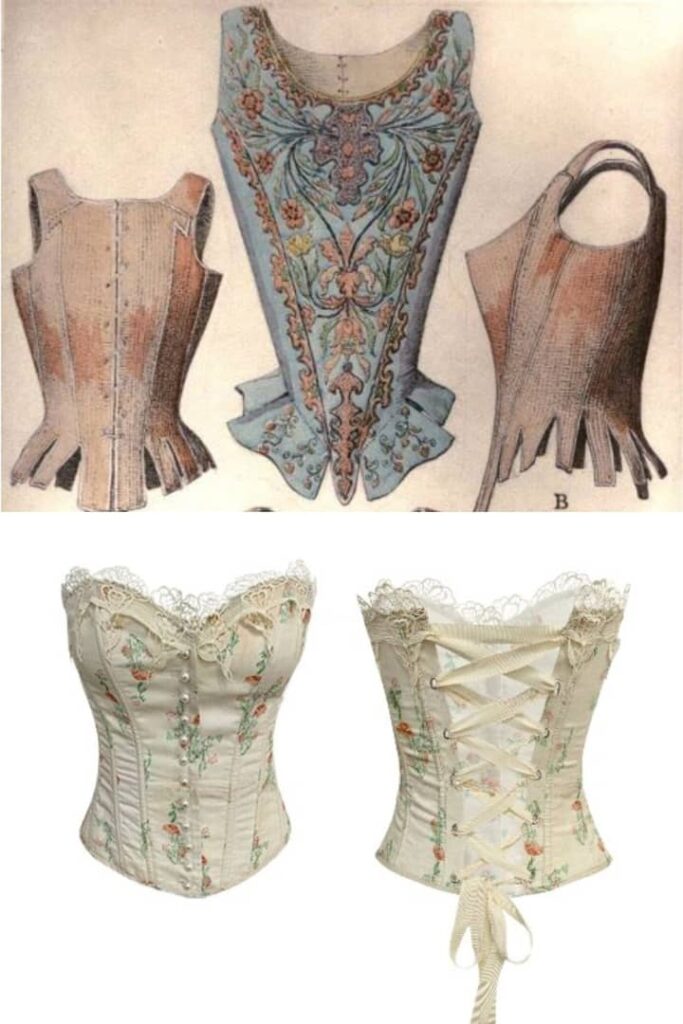
The Decline and Resurgence
After the First World War, women became freer and more scandalous, and this was heavily portrayed in their dressing, partying and other behaviours. Due to the newfound freedom during that time, the corset started to garner a bad image as a restrictive and oppressive piece of clothing. This led to a rapid change in the fashion trends of the time that featured less structured clothing and shorter skirts. This decline was further facilitated by the second wave of feminism, as women were now found in places of work and higher education, requiring more practical clothing. Many designers have claimed to be the first to eliminate corsets from their designs. A popular one amongst them, Coco Chanel, was thought to have revolutionised fashion by promoting more comfortable styles.
The corset has become significantly popular in three eras of modern fashion: the first being the modern punk and alternative subcultures in the 1980s, the second being the rise of the cottage core aesthetic in 2020, and the last being in the Nigerian Asọ-Ẹbí styling.
The Punk Movement
This movement was directed towards subverting the existing traditional beauty standards. It also aimed at reclaiming the fetishised and female-constricting narrative of the corset. It drew inspiration from the Victorian era style of corset and served as a tool of rebellion. During the beginning of this movement, corsets were not a mainstream find and were only found in shopping spaces for niche communities. This was changed by Vivienne Westwood, who was a punk designer. Her designs both challenged a lot of norms and drew a lot of inspiration from historical methods used in clothing making. She played a crucial role in introducing corsets and other punk fashion trends into the high-fashion industry as well as in converting corsets from being just underwear to being normal clothes, like the corset tops we see today.
The Cottagecore Aesthetic
This particular movement was more of a form of escapism, and it regained popularity during the COVID-19 pandemic when people were stuck at home. A lot of people fantasised about a farm life filled with farming and making sourdough bread in a small cottage in the middle of a beautiful forest. This aesthetic obviously wouldn’t be complete without the frilly and fluffy blouses and skirts topped with a corset that more closely resembles stays. It has been said to have drawn popularity from the “cottage core” of Marie-Antoinette’s Hameau de la Reine, which was a small rustic village within Versailles where she could escape the pressure of court life and cosplay as a simple countryside girl.
The Nigerian Corseted Asọ-Ẹbí Trend
In the past few years, the Asọ-Ẹbí styles in Nigeria have seen a shift from the more traditional and looser fitting styles to a much more accentuated and exaggerated figure with tight bodices that cinch the waist sometimes, so much that the wearer can hardly sit or eat. These corsets are usually accompanied by hip pads and padding for the breasts, which further feeds into unhealthy body ideals and beauty standards. This type of corseting draws inspiration from the late Victorian corset of the late 19th century. The motive behind it seems to be unrealistic beauty standards, and could be harmful to us as a society if it continues to be widely popularised.
Just like many other trends, it has also served as a portal into seeing the major problems of the time, which goes to prove that trends do, in fact, serve as indicators of society.
In conclusion, the corset trend really has stood the test of time, continually coming up at different points in history, all for different reasons. In this era, the presence of social media has been instrumental to its popularity. Considering previous styles, one may say that its predecessor, Stays, was rightly named.
